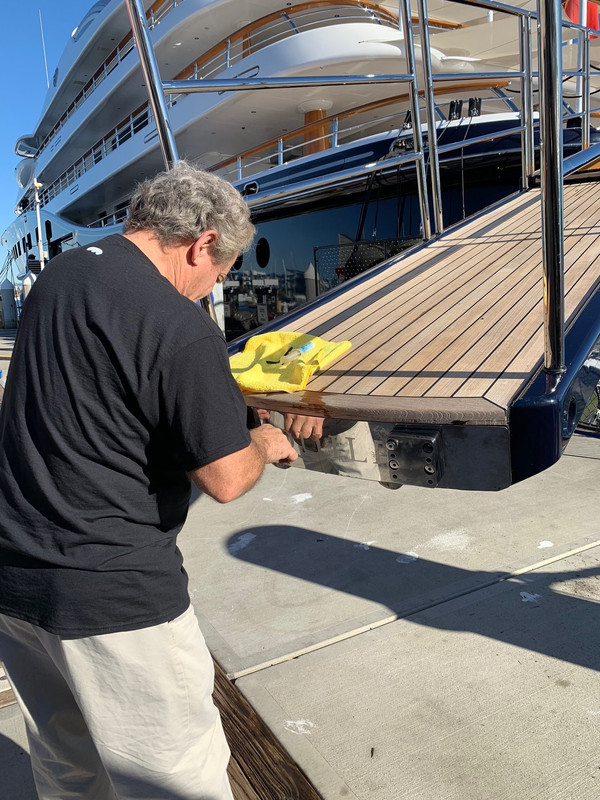ahhh, the epoxy finish... never tried that before, but makes perfect sense. I assume, if done right, the epoxy will prevent changes to the wood moisture level, elminating movement...of course, its still vulnerable to movement from extreme changes in temps. I notice more and more epoxy finishes, this is must be the reason! Thx for sharing...




 Reply With Quote
Reply With Quote


 Do you actually believe that clients who own multi-million-dollar yachts are less demanding of the quality of their woodwork?
Do you actually believe that clients who own multi-million-dollar yachts are less demanding of the quality of their woodwork? 



